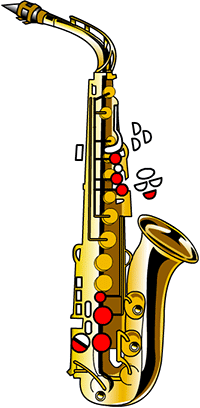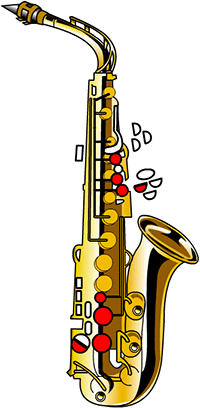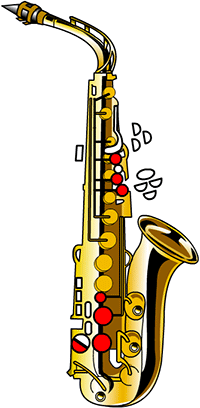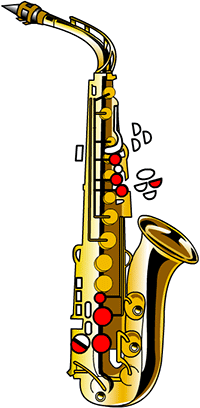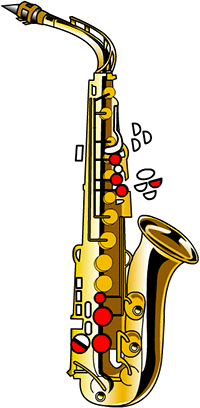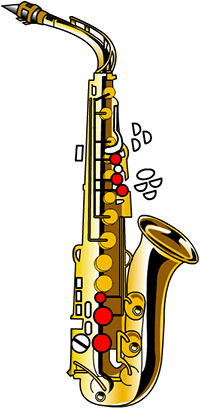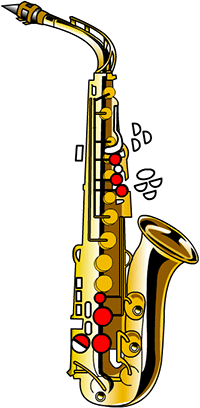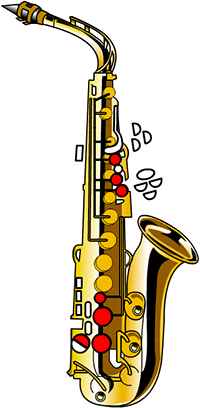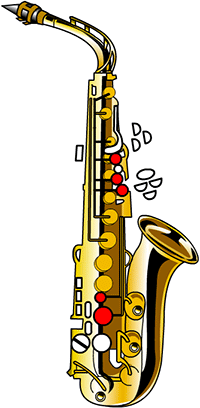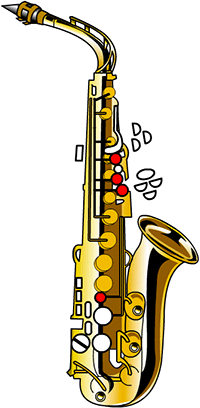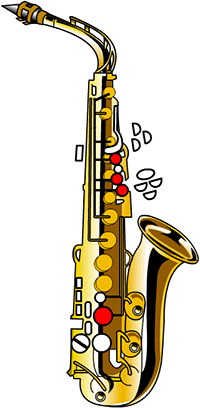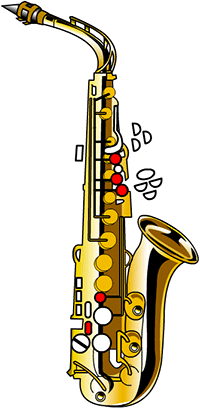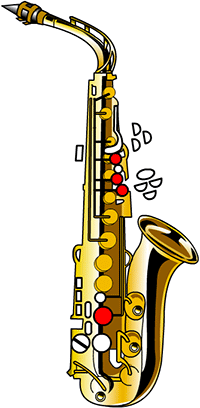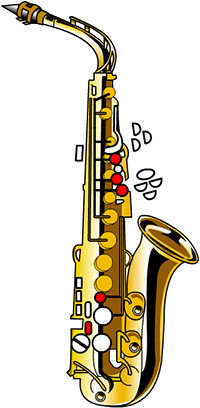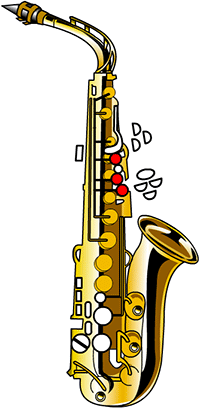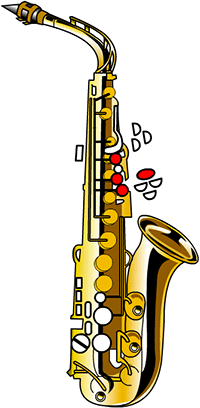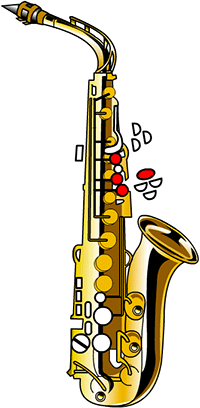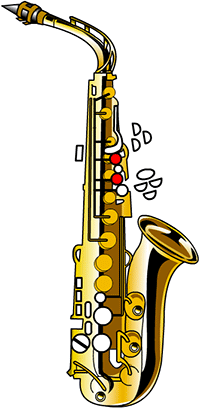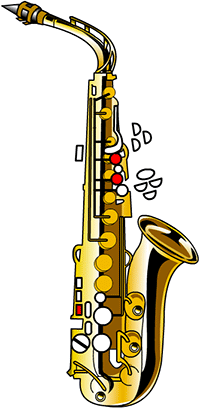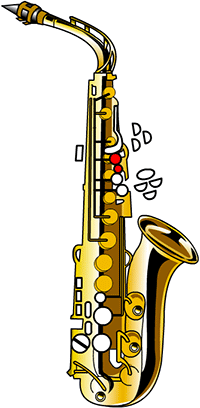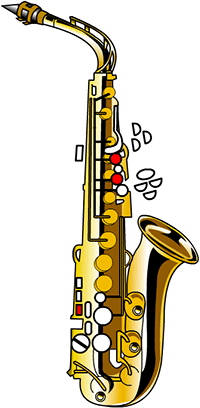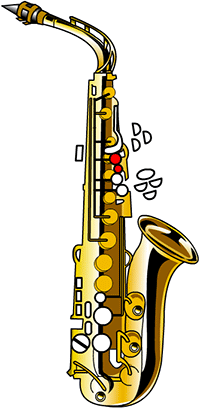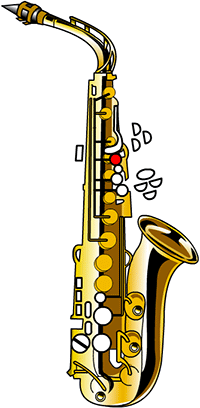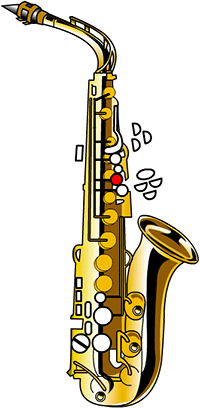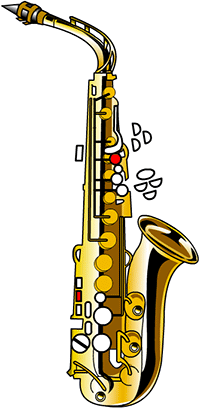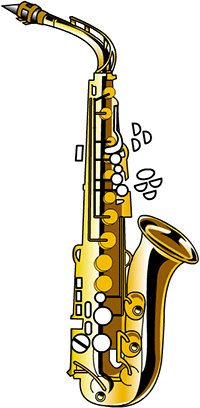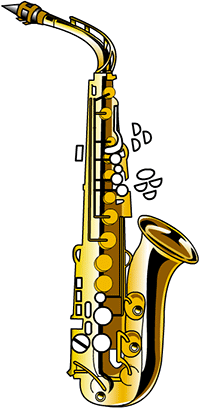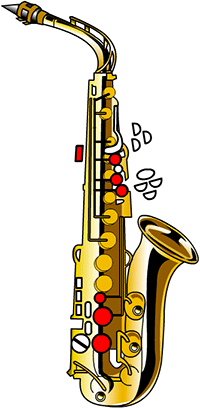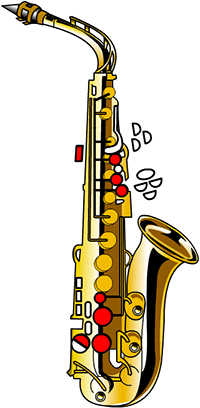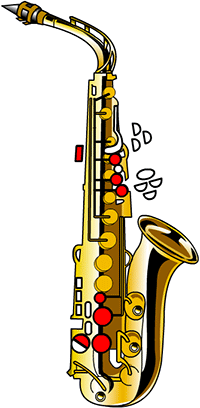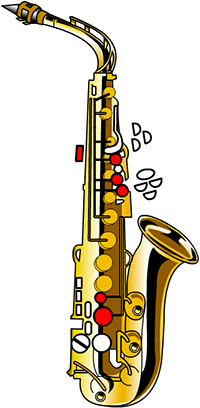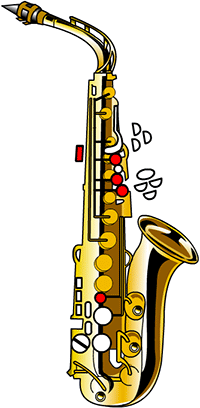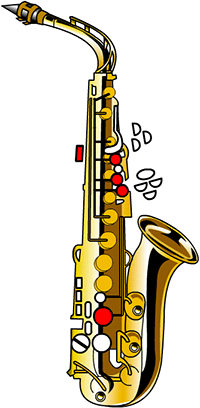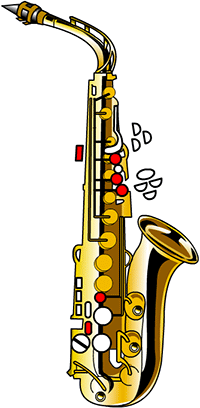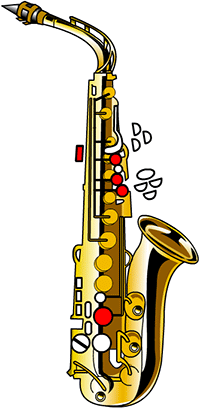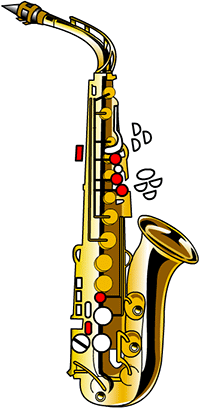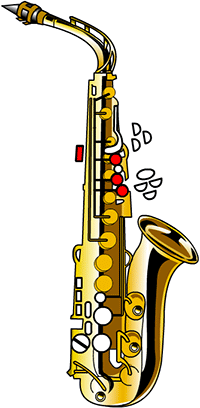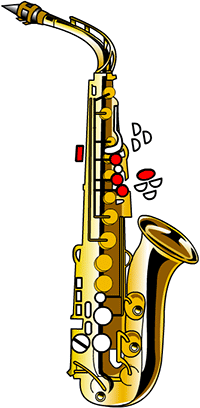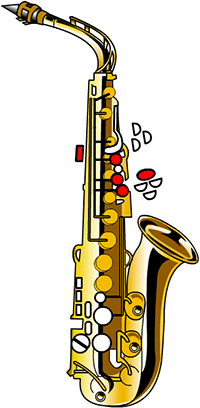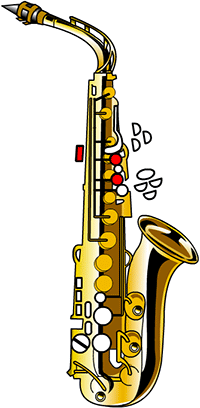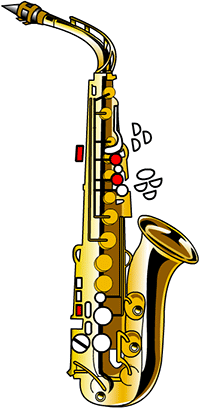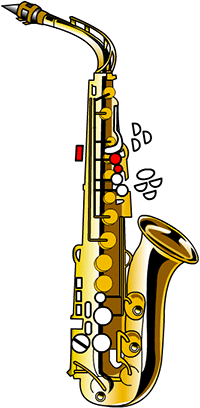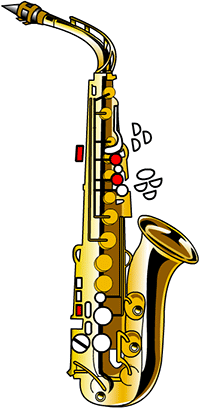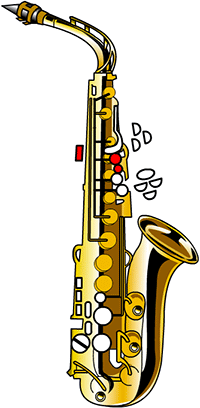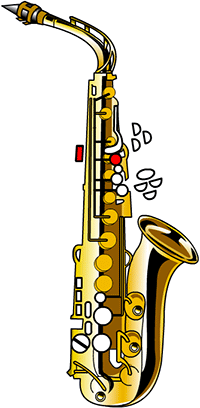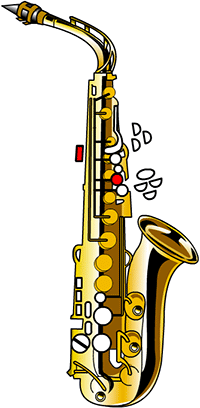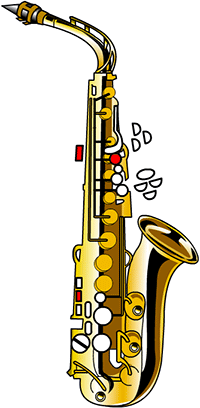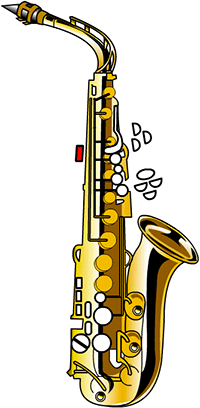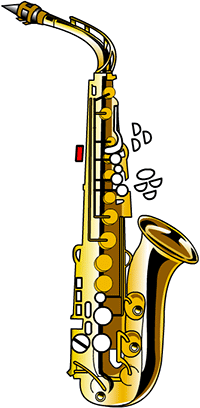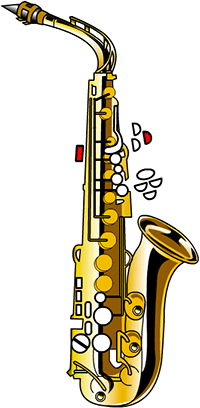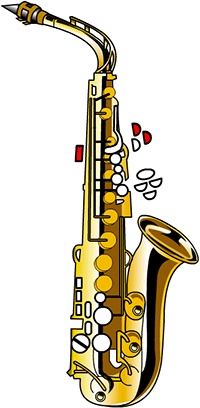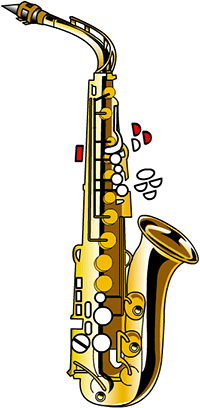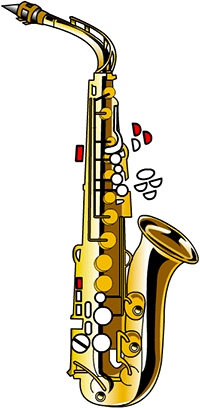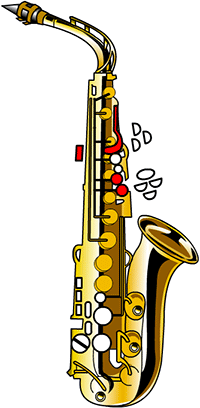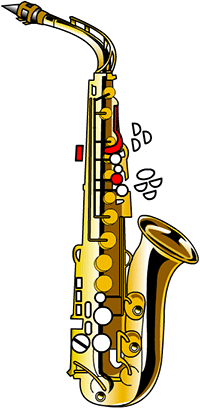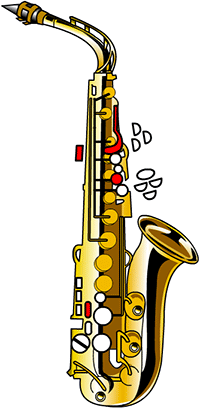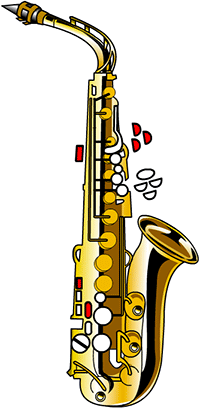How to Play the Saxophone
Saxophone fingering
Touch the note that you want to play!

-
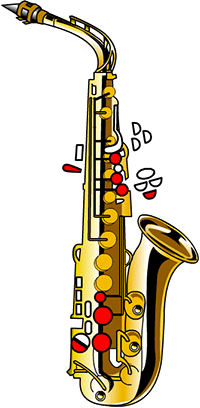
(Baritone Only)
-
-
-
-
-
-

-
-
-
-
-
-
-

-
-
-
-
-
-
-

-
-
-
-
-
-
-

-
-
-
-
-
-
-

-
-
-
-
-
-
-

-
-
-
-
* Touch each note on the score to see the fingering.
* The note is yellow when there are two possible fingerings. Click to see the alternate fingering.
How to get a low A from a baritone saxophone
The finger work for the basic notes is the same for all saxophones, so whether playing the baritone saxophone or the alto saxophone, the fingering chart is the same. However, only the baritone saxophone has a low A. To sound a low A, use the fingering for low C and then press the low A key situated below the thumb of the left hand.
How to practice without an instrument
When it comes to practicing the saxophone itself, you need to have the instrument at hand to be able to improve the way you use your mouth muscles and practice fingerings. There are still plenty of things you can still do to practice even when you don't have it with you.
To begin with, you can practice reading music. You can learn a lot by looking at scores to see the sounds that the saxophone makes and how these fit together with the other instruments while thinking about the roles the saxophone plays.
Listening to recordings or live performances of saxophones is another great way to study. Doing this is a necessary step for creating an image of your own ideal for what it should sound like when you play. If you listen to a recording of a wind ensemble for example, envision yourself playing the saxophone pitches and melodies. This will help you better understand how to use your breath and the ways in which it is connected to the melody.
Overblowing and harmonics
Techniques for slurring notes without changing fingering on a saxophone, called lip slurs when done with brass instruments, can be achieved using overblowing and harmonics, sometimes called flageolet.
When you see a lot of sharps in a score, you might get the impression that it's going to be hard to play, but this is what woodwinds are made for. It's said that on the other hand, it's hard to play a piece with a lot of flats on string instruments. You should begin by practicing scales in each key over and over. If there are three sharps, it's the key of A (A major). If there are four, it's the key of E (E major). It may seem uninteresting sometimes to practice something so simple, but you will no doubt benefit from it later.

